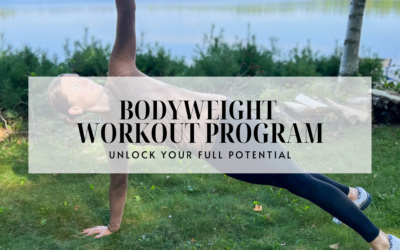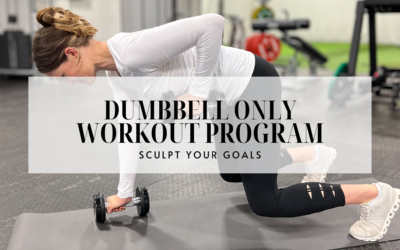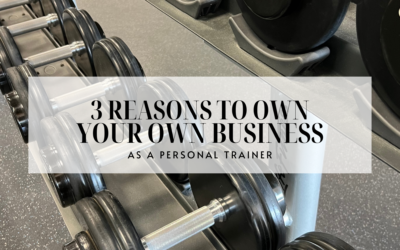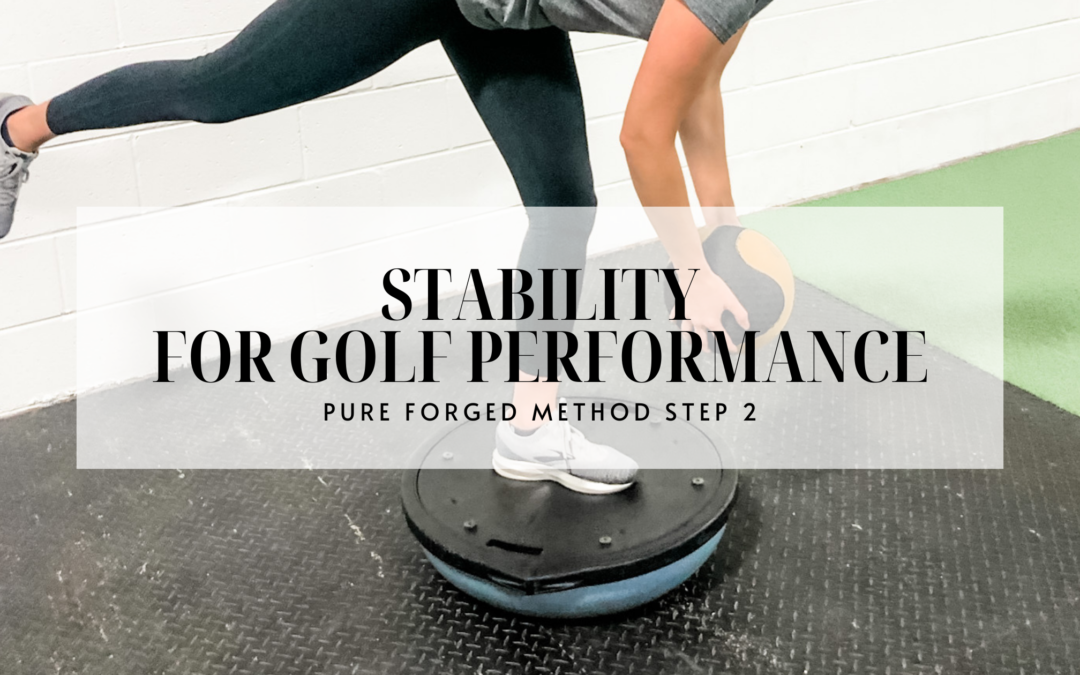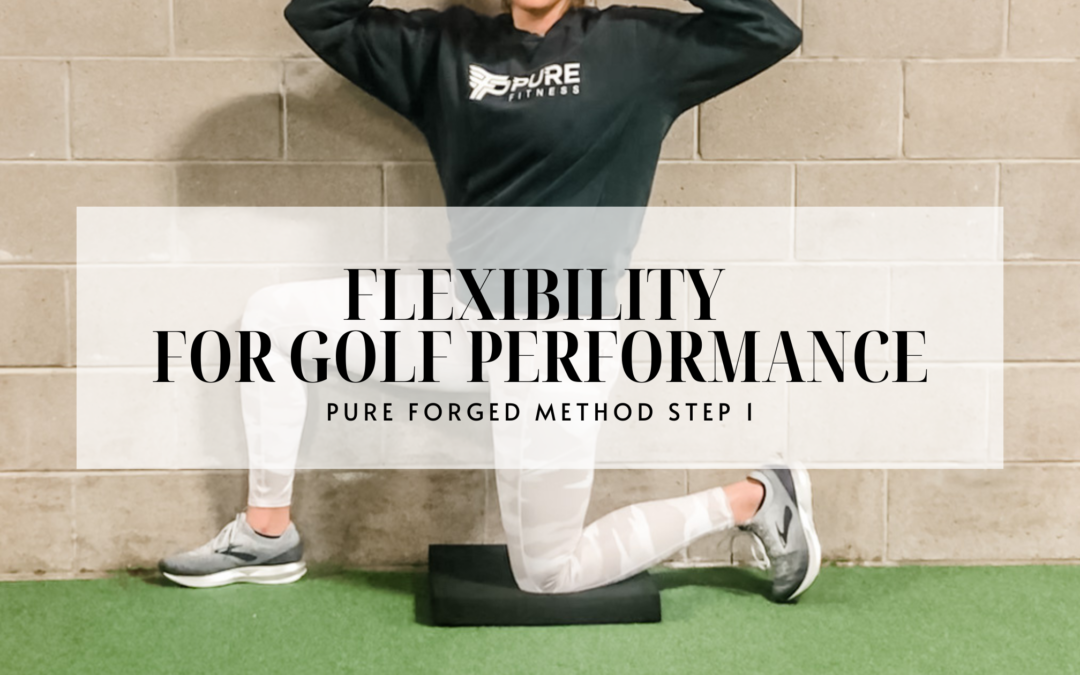Are you looking to transform your body, boost your fitness, and achieve your health goals without the need for expensive gym memberships or fancy equipment? Look no further! I have an amazing solution for you, my Bodyweight Workout Program. In today's fast-paced...
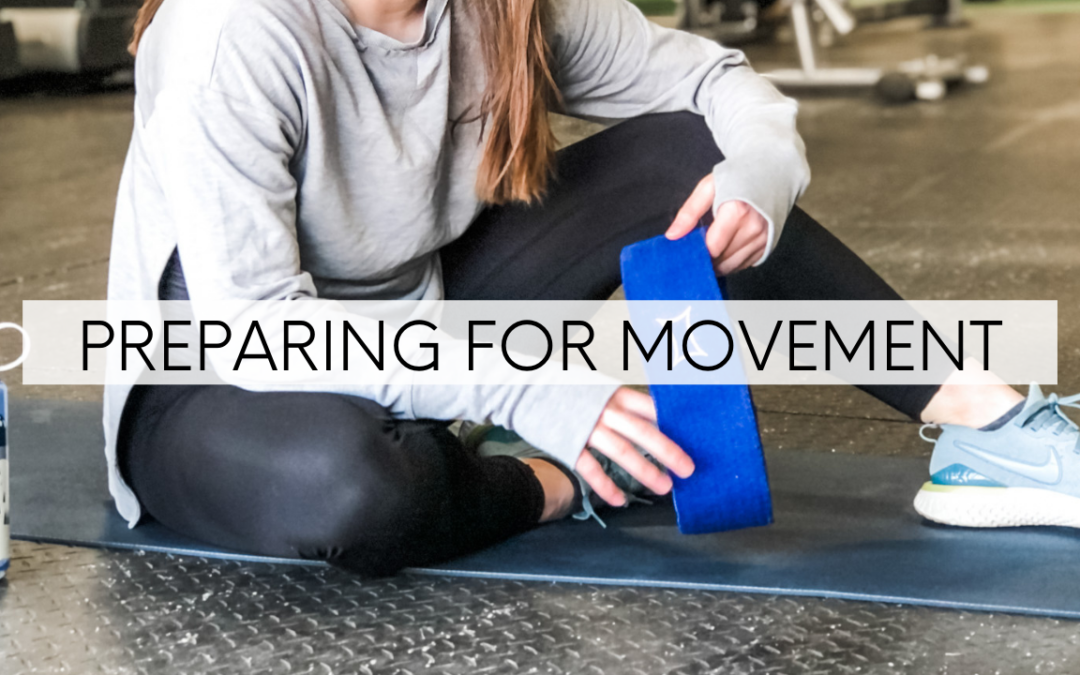
How To Warm-Up and Cool Down when Working Out
Why is warming up important?
I don’t think that anyone is necessarily surprised by being told to warm-up. However, do you actually know why it is important? I was raised in sports, which for me means I was raised warming-up. And not warming-up seems like I’m breaking the rules. So I have always warmed-up. It wasn’t until I studied exercise science that I actually learned the physiological reasoning behind the “warm-up”.
The most basic reason to warm-up is prepare for more intense movement by warming the body. But to add more detail: through warming-up we are specifically trying to warm the muscle tissue. This is important because that muscle tissue is about to do a lot of work. Avoiding going from cold and stationary to all out effort give our muscles and body the time and process needed to reach their optimal performance point. A huge bonus is that a proper warm-up will decrease the risk of injury. Most data I have seen shows it takes 8-12 minutes to effectively warm-up. Make it your goal to warm-up for 8-12 minutes.
What should you warm-up?
A focused warm-up should prioritize the muscles and movements you will be performing in your main workout. For example, overhead athletes, like baseball and volleyball players, should make a dedicated effort to warm-up their shoulders. However, that can be much less important to a marathon runner. BUT, all of those athletes would rely on their foundational muscles like glutes and abdominals to perform at a high level. Below is a short video explaining our three favorite warm-up exercises and how to use them. For general population we have targeted the pillar or shoulders to hips.
These are affiliate links. While there is no cost to you when you order through them, I do make a commission. Your support, by ordering through them, is greatly appreciated!
We use:
- Banded walks for glute activation and hip stability. Purchase a hip circle here.
- Dead bugs for core activation and stability.
- Swimmers or reverse fly for posterior shoulder and back activation.
WHY IS STRETCHING FOR A COOL DOWN IMPORTANT?
Stretching is one of the most impactful means for improving range of motion (ROM). And ROM is at the very foundation of our training philosophy. Why do we care about ROM so much? Three simple reasons. One, range of motion helps to maintain a properly functioning kinematic sequence (muscle firing pattern). Two, it is a key component to injury prevention. And three, you will never reach your full potential without maximizing your range of motion.
Outside of range of motion stretching can help decrease the impacts of a hard workout like soreness and fatigue. Something we all want at the end of the day. It will help to maintain a muscular balance and prevent pain and discomfort results from tight muscles. And it feels so dang good!
WHAT SHOULD YOU STRETCH?
Everyone should stretch. How much and which muscles is going to vary slightly person-to-person. Which is why we have our basic 5 stretches. They address the muscles, we see, that are most commonly related to ROM issues which can lead to chronic pain or injury.
The stretches are focused on large muscle groups to help manage the impact of exercise and muscle soreness. They are also common muscles impacted by our daily lifestyle that includes sitting, driving, computer work; which can all be translated to an anterior load. These stretches WILL 100% help improve your posture and overall feeling of well being no matter how intense your workouts are.
- Straight Ahead Hamstring Stretch
- Sideways Hamstring Stretch
- Hip Flexor & Quad Stretch
- Glute Stretch
- Chest Stretch
HOW DO YOU STRETCH?
Take look at our short video to learn more about how to correctly perform each stretch. We suggest a 30 second interval for the stretch to maximize your results. FYI – holding for less than 20 seconds has been shown to NOT have lasting results in muscle lengthening. Here are some key points to follow while stretching:
- Warm Body – we are talking about using these stretches as a cool down, but it needs to be said that when you are doing static stretching you should be warmed up. Avoid holding stretches without intentionally warming your muscles. It can be as simple as walking for 5-10 minutes.
- Duration – the science recommends holding a stretch for 30 seconds. If you lack flexibility try holding a stretching for 30 seconds a few times by alternating sides. For example, left leg 30 seconds, right leg 30 seconds. Repeat a few times.
- Posture – focus on keeping an upright chest posture, or a flat back. The alignment of your joints in that position will provide you with the maximal lengthening for the muscles we are focusing on.
- Zero Pain – there should never be any pain while stretching, The presence of pain is likely to yield the opposite result – muscle shortening. Pain is a signal to our muscular system to contract (shorten) to protect itself. Stretching (lengthening) pain free is very important.
Unlock Your Full Potential: The Bodyweight Workout Program
Sculpt Your Goals: Dumbbell Only Workout Program
Are you ready to start a new workout program that focuses on building strength in a simple and effective manner? Then you are in the right place! My Dumbbell Only Workout Program is your answer to achieving your fitness goals. Let's explore why my program is the...
3 Reasons to Own Your Own Training Business
Owning your own training business can be an exciting and yet overwhelming thought. But ask yourself... Are you committed to the long term? Does passion and knowledge fuel your desire to work with clients everyday? Are you looking for more career advancement...



